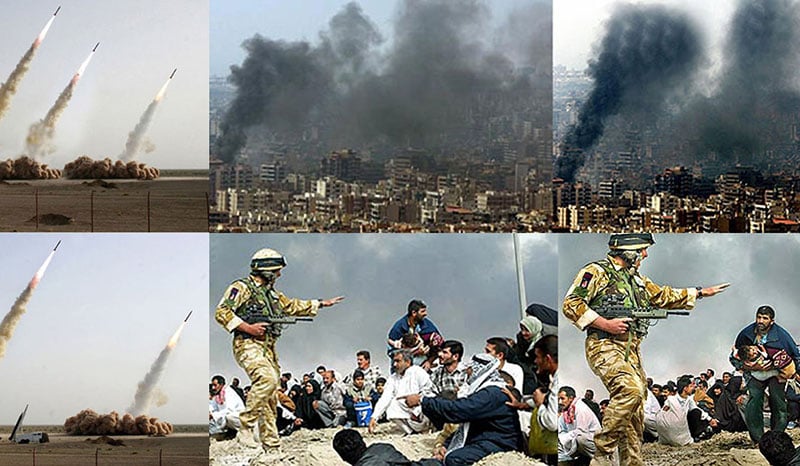10 Images That Shaped The Career Of A Photojournalist Who Founded The Bronx Documentary Center
“If you’re committed, you went all the way.”
via BuzzFeed News: https://www.buzzfeednews.com/article/piapeterson/10-photos-mike-kamber-career-influence
Mike Kamber has had many, many lives. The founder and executive director of the Bronx Documentary Center worked as a documentary photographer for over two decades, and his work has twice been nominated for a Pulitzer Prize. He lived in the Bronx for a period in the 1980s and dreamed of making an educational space that would bring arts and education to the South Bronx. Founded in 2011, the Bronx Documentary Center is a nonprofit organization and mecca for photography lovers.









